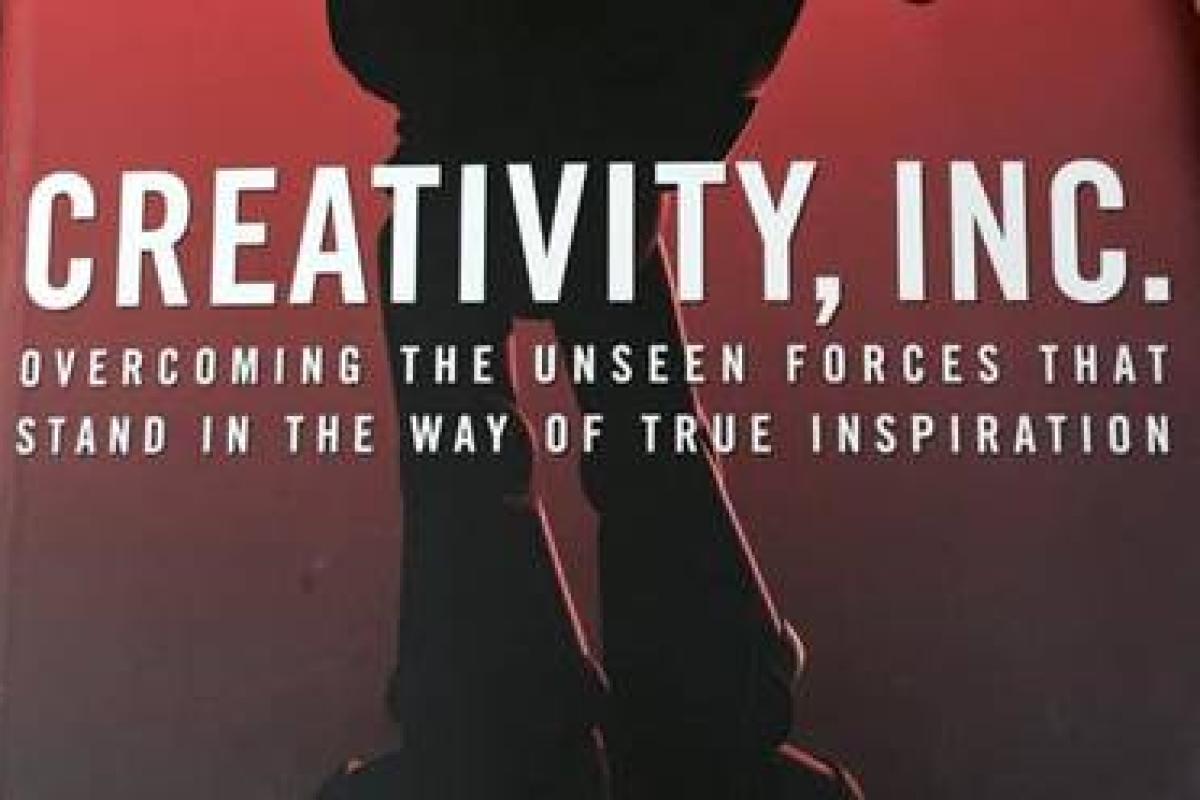It is perhaps not surprising that I enjoyed this book. I am an animation addict and it is written by the President of Pixar Animation and Disney Animation, with help from a writer for The New Yorker.
The book draws on Catmull’s experience in turning the dream of making the first computer-animated movie into an industry-changing reality. It goes on to talk about the challenges of maintaining that success, then of the merger with Disney and the transfer of some of the ideas and techniques Pixar had used to foster and re-ignite creativity at Disney. It describes the challenges and the failures as well as the successes.
It has a cast of characters to die for – not just Woody and Buzz but George Lucas, Steve Jobs, John Lasseter, Andrew Stanton, Pete Docter, Brad Bird and Michael Eisner.
However, as someone working in marketing, what makes the book more than just enjoyable but actually valuable are the practical lessons, the tips and the techniques. Catmull provides insights into removing barriers to imagination and helping harness ideas to drive success both creatively and profitably.
There are two over-arching lessons that come across strongly. Firstly, how ideas evolve, grow and change. Catmull tells the story of how the original idea for Up metamorphosed from a story about a kingdom floating in the sky where a King’s two sons are vying to inherit the throne, to what the story we know now and which is regarded as one of Pixar’s finest and most emotionally charged films.
In that original version, the two princes couldn’t stand one another but when they both fall to earth, they met a tall bird who helped them come to understand each other.
The now famous ‘brainstrust’ – peer group that genuinely and constructively critiques work-in-progress was crucial in this case and the only things that remained from the first version were the tall bird and the name Up.
Second is Catmull’s rejection of the notion that all ideas are singular. Given this is something I have been espousing to one and all recently, it is not surprising that it struck a chord with me. I just wish I had read Catmull’s words before I wrote my book on multiplicity.
He says ‘too many of us think of ideas as being singular, as if they float in the ether, fully formed and independent of the people who wrestle with them. Ideas though are not singular. They are forged through tens of thousands of decisions, often made by dozens of people. In any given Pixar film, every line of dialogue, every beam of light or patch of shade, every sound effect is there because it contributes to the greater whole. the end if you do it right, people come out of the theatre and say “A movie about talking toys – what a clever idea!” But a movie is not one idea; it’s a multitude of them.’
He concludes that it’s the same for products such as the iPhone and that ‘too often, we see a single object and think of it as an island that exists apart and unto itself.’
There are great examples of how and why good ideas can be lost. None more so than the story of when Catmull, then at U of U (University of Utah), tried to create an exchange programme swapping the latest developments at the cutting edge of computer animation fromU of U with the story-telling excellence of Disney.
He relays how the people in Disney had zero interest in the proposal and how they didn’t think computers and animation should mix.
Why? Well the issue was all to do with bubbles, bedknobs and broomsticks. The one time Disney had tried to use computers to help them render thousands of bubbles for a scene in Bedknobs and Broomsticks, the technology had failed. Now they just weren’t interested. It is a great story that demonstrates that every idea has its time and just because the state of the technology wasn’t good enough then, didn’t mean it never would be.
The book finishes with a section of some short summary principles for building and managing a creative culture. It is clear that Catmull is not a fan of the pithy business “T-shirt slogan”, approach to management soundbites, so he says they should be seen as starting points’ – ‘a prompt toward deeper inquiry, and not as a conclusion’.
Reading the whole book and not just the summary for me provides a lot of that deeper inquiry and I recommend you dig deeper and read the whole book.
Reviewed by Giles Lury, Director at The Value Engineers and author of “The Marketing Complex – why modern marketers need to manage multiplicity”



